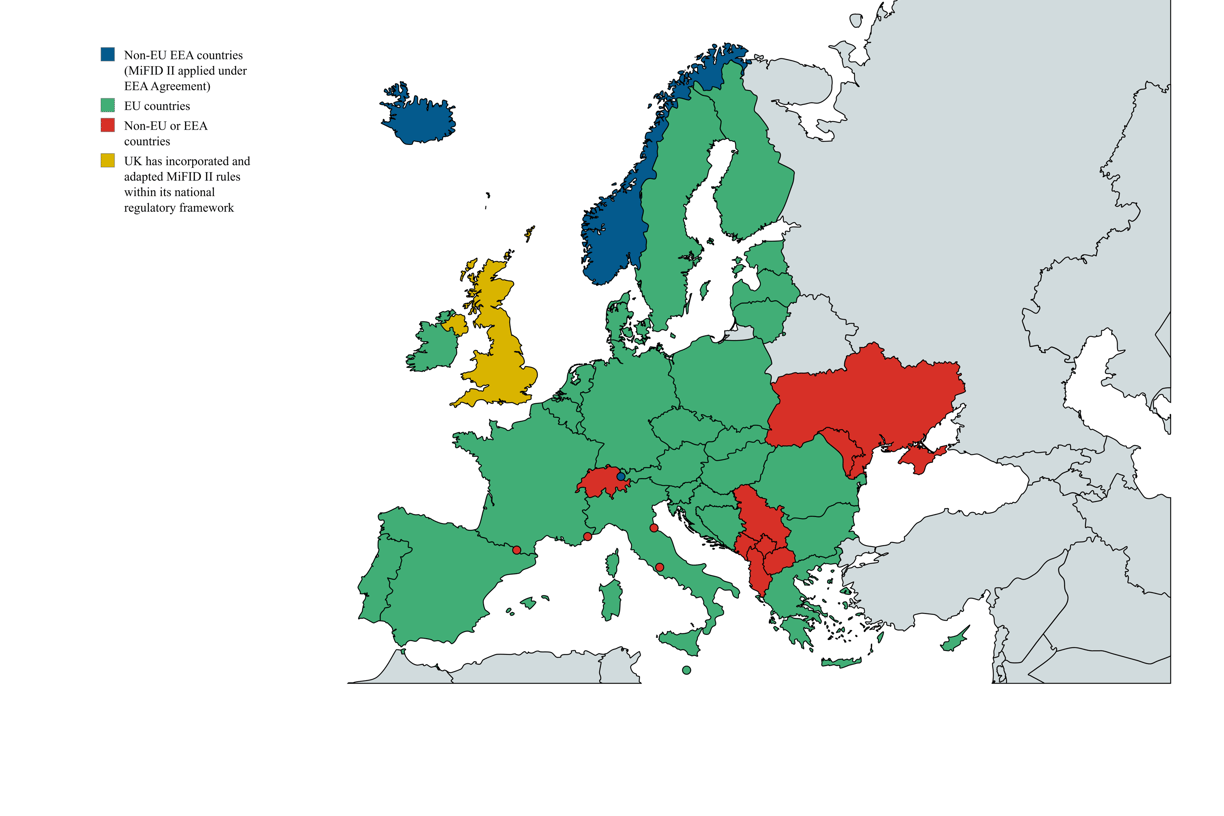CAPILIST ™
LEAD THE FUTURE ™

Understanding MiFID: A Key Regulation for Financial Markets in Europe
REGULATION
Mauro Correro
MiFID II (Markets in Financial Instruments Directive II) is a European regulatory framework that came into force in 2018. It was designed to strengthen the integrity, transparency, and efficiency of financial markets across the European Union, while reinforcing investor protection.
This directive builds on the foundations laid by the original MiFID I regulation introduced in 2007, expanding its scope and tightening rules to reflect the evolution of financial markets.
Core Objectives of MiFID II
Investor Protection
MiFID II places the interests of the client at the center of the investment process. It requires financial institutions to ensure that products and services are appropriate and suitable for the investor, based on detailed profiling and documentation.
Market Transparency
The directive imposes enhanced reporting obligations on financial firms, both before and after trades. This helps reduce the risk of market abuse and manipulation by making transactions more visible and traceable.
Trading Efficiency
By promoting competition among trading venues and placing restrictions on opaque practices such as dark pool trading, MiFID II seeks to create a fairer and more competitive marketplace.
Cost Disclosure
One of the key improvements under MiFID II is the obligation to provide a full and detailed breakdown of all costs and charges associated with an investment. This helps investors understand exactly what they are paying for.
Product Governance
The regulation ensures that financial products are not only clearly structured, but also specifically designed with the appropriate target market in mind. Distributors must ensure that the right products are offered to the right clients.
What Does This Mean for Investors?
Under MiFID II, retail investors are subject to more robust assessments, especially when looking to purchase complex or high-risk financial products. This is often done through a MiFID II questionnaire, which helps determine whether a product is suitable or appropriate based on the investor’s knowledge, experience, financial situation, and objectives.
Additionally, investment research costs must be separated from trading commissions, a measure that promotes transparency and prevents hidden fees.
Brokers are also required to demonstrate that they are executing trades at the best possible price, under the so-called "best execution" rule.
MiFID II represents a significant shift in the relationship between financial institutions and their clients. For investors, it means more clarity, better protection, and access to financial services that are better aligned with their needs and risk profile.


